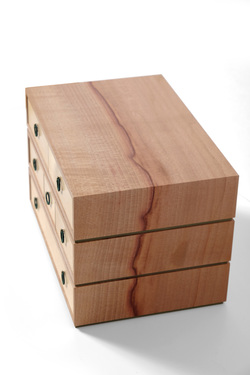 Box 38 took a long time to make, at least compared to the first 37. From beginning to end, I spent two weeks on it. Why so long? Six little dovetailed drawers with seven little ring pulls. And let me not forget the drawer bottoms. Those ate up some time, too. I'll get to drawers later. I want to start with with the box as a whole. What we have here is three separate boxes that are connected by some thin (1/8 in. thick) spacers. They're made from a piece of madrone, and the grain runs up the side, over the top, then back down the other side. It's a dramatic piece of madrone, as it has both sapwood and heartwood. The sapwood, which is a bit lighter in color and on the front of the cabinet, is separated from the heartwood by a dark undulating streak. It's an amazing and striking graphic. This streak is critical to the design's success. It holds the three boxes together, even though they're separated by small gaps. Of course, it also just looks amazing. There's no denying that this particular piece of madrone is spectacular. (And woe is me, because I've now used up all of my madrone. All that's left are offcuts. Perhaps there's enough for a little box.) The madrone's phenomenal beauty actually made it difficult to make the drawers. The fronts are old growth quartersawn white pine. However, these are the second fronts the drawers have had. The first set of fronts where madrone, cut from the same board as the boxes. The dark streak ran down the center of the middle row of drawers. But it's horizontal run was so in tension with the streak on the boxes, that I cut those fronts off almost completely (I kept the dovetail joinery) and then glued on the white pine veneers that you see. They're thick for veneers, between 1/32 and 1/16 in. thick. The very tight and subdued grain of the white pine works much better with the grain on the boxes. The fronts are really just a nicely contrasting color with a hint of grain. It helps that the grain lines are reddish-brown, which connects the fronts to the earthy browns and reds of the madrone. So, instead of a strong, visual grain fighting against the grain of the boxes, theres just a lovely, warm honey-colored bank of drawer fronts. Many years ago, I made a cabinet from this same madrone, and used old growth quartersawn white pine for the interior drawer fronts. I thought it looked great then, and I still do. Viewed from the front, the drawers create pleasing geometric pattern that's nicely accentuated by the ring pulls. I made the pulls from small metal rings, wrapping them in a thick thread that's a shade of green much darker (and closer to true green) than the milk painted spacers. The pulls hang from small brass cotter pins. These are, in essence, the same pulls that I used on box 4, but I didn't use hemp twine, because I thought the twine's color and coarseness weren't suitable for this box. The pulls aren't the only similarity between boxes 38 and 4. I used a walnut divider on box 4. This time it's cocobolo, but I set the divider back 1/16 in. and the drawers are flush with it. The divider on box 4 is flush with the front edge of the box and only drawers are inset. Also, the idea of box 38 came from wondering what box 4 would look like if I stacked two more on top of the original. Design is evolutionary, not revolutionary. And it's certainly not ex nihilo. Back when I was making box 4, I ripped some nice walnut to create narrow strips with very straight grain. They came from the edge, rather than the face, of a board. I did the same here. I ripped several thin strips from a piece of white pine to turn the edge grain into face grain. I glued them up into a panel and planned them to fit into the drawer bottom groove. So, the bottom is just 1/8 in. thick. That's plenty thick for a little box like this, as long as you don't store your Pee Paw's coin collection in the drawers. (And, anyway, dear old Pee Paw would want you to sell that coin collection and buy a few new planes and a colossal bandsaw with the money. Hop to it.) I love the tight, straight grain of the bottoms. It's just as important to be beautiful on the inside as on the outside. Well, I don't think I have anything else to say, so let's get random.
10 Comments
Jerry
12/26/2015 02:45:30 pm
A really nice jewelry or collection case. This Tansu-type chest has a very traditional Japanese form, but the details are unique -- colored ring pulls to match the colored grooves, pine drawer fronts to match the drawer bottoms, e.g.
Reply
Tucker Tuck
12/27/2015 01:20:55 pm
There's a tendency to compare your latest piece with other boxes and vessels you've created during this odyssey. Rather than doing that, I'll say instead that this one, with regard to its composition of elements, seems complete. Beautifully done. Plenary in nature.
Reply
Matt Kenney
1/12/2016 02:02:25 pm
Thanks, Tucker. I guess I didn't realize that I was comparing new boxes with old. I always saw it as explaining how the new box is connected to some that I've done before, but I take your point. And I agree, this is my best effort to date.
Reply
Jeff Moore
12/28/2015 12:11:16 am
This box is easily my favorite of the 38, so far. The selection of woods is perfect. When you first mentioned taking off the madrone drawer fronts and replacing them with white pine, well, I wasn't so sure about that decision. But it was obviously the right call. These woods just blend together perfectly; just the right amount of contrast. But the dark streak in the madrone is the detail that sets this one apart for me. Just gorgeous, Matt. This 52 boxes series is really inspiring me; ideas churning away. Looking forward to the last 14 boxes, to see if you can top this one!
Reply
Matt Kenney
1/12/2016 02:00:21 pm
Thanks, Jeff. I'll do my best over the remaining box to equal or top this one, but I think it's going to be hard.
Reply
michael
1/1/2016 11:16:46 am
"Oooooooooh,.......that grain" - my wife upon seeing this one.
Reply
Matt Kenney
1/12/2016 02:03:06 pm
Thanks, Michael. And please thank your wife for me, too.
Reply
5/7/2016 09:22:25 am
Wow. I would give this one the "best of show" of the 52 boxes.
Reply
James Pugh
5/14/2016 04:25:01 pm
Man, what a project. I would have bet money you would surrender before finishing. Great job, when's the book with plans coming out?
Reply
Dave Ott
4/3/2017 03:10:59 pm
I love this box. What is the case thickness dimension? Judging by your comment that the spacers are 1/8, it looks like they'd be 1/4 or 5/16?
Reply
Your comment will be posted after it is approved.
Leave a Reply. |
AuthorI love furniture design, and smart techniques. This blog is about both. Archives
August 2020
Categories |
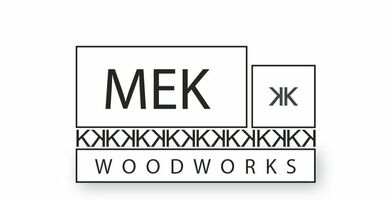
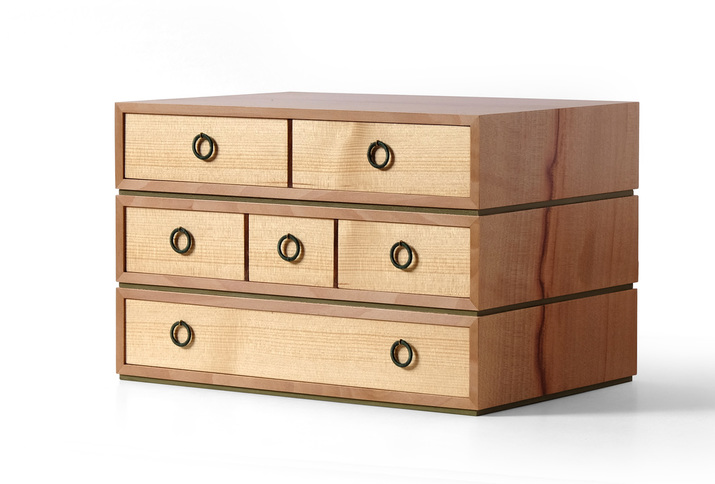
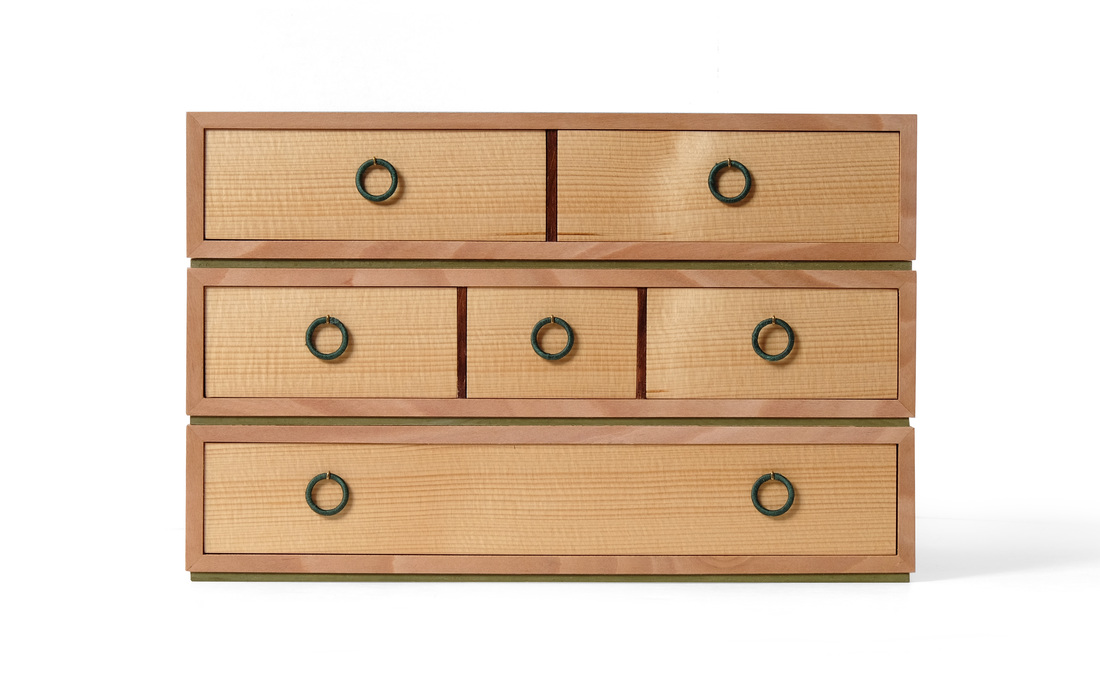
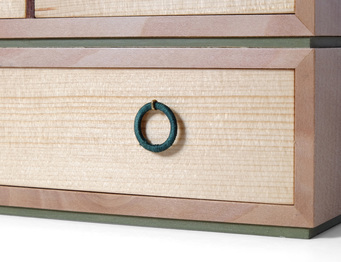
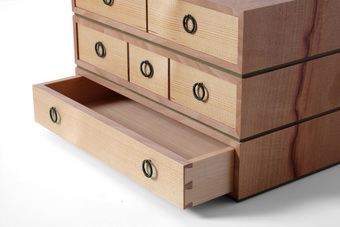
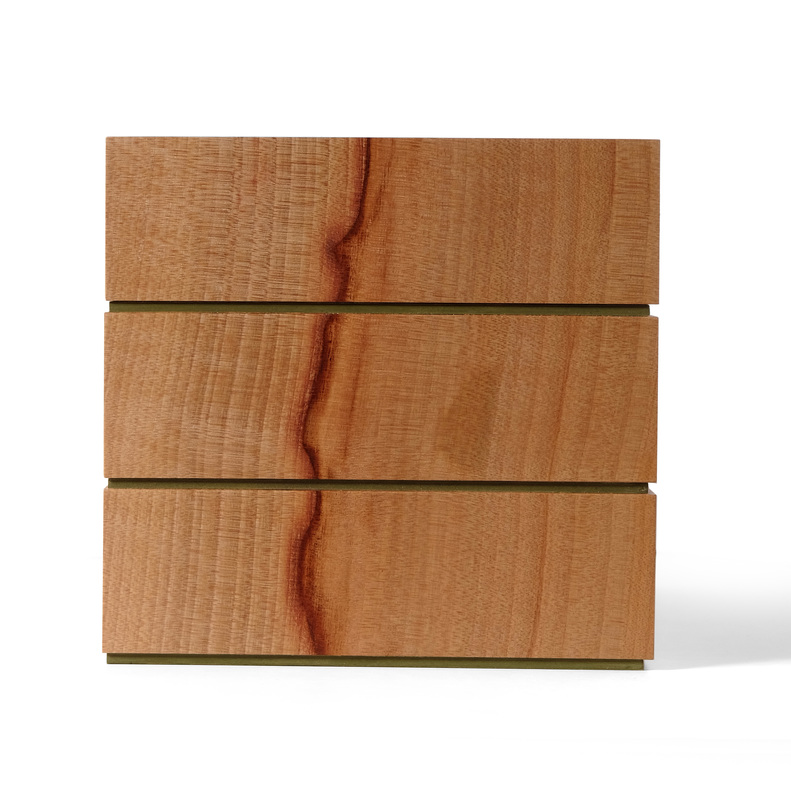
 RSS Feed
RSS Feed